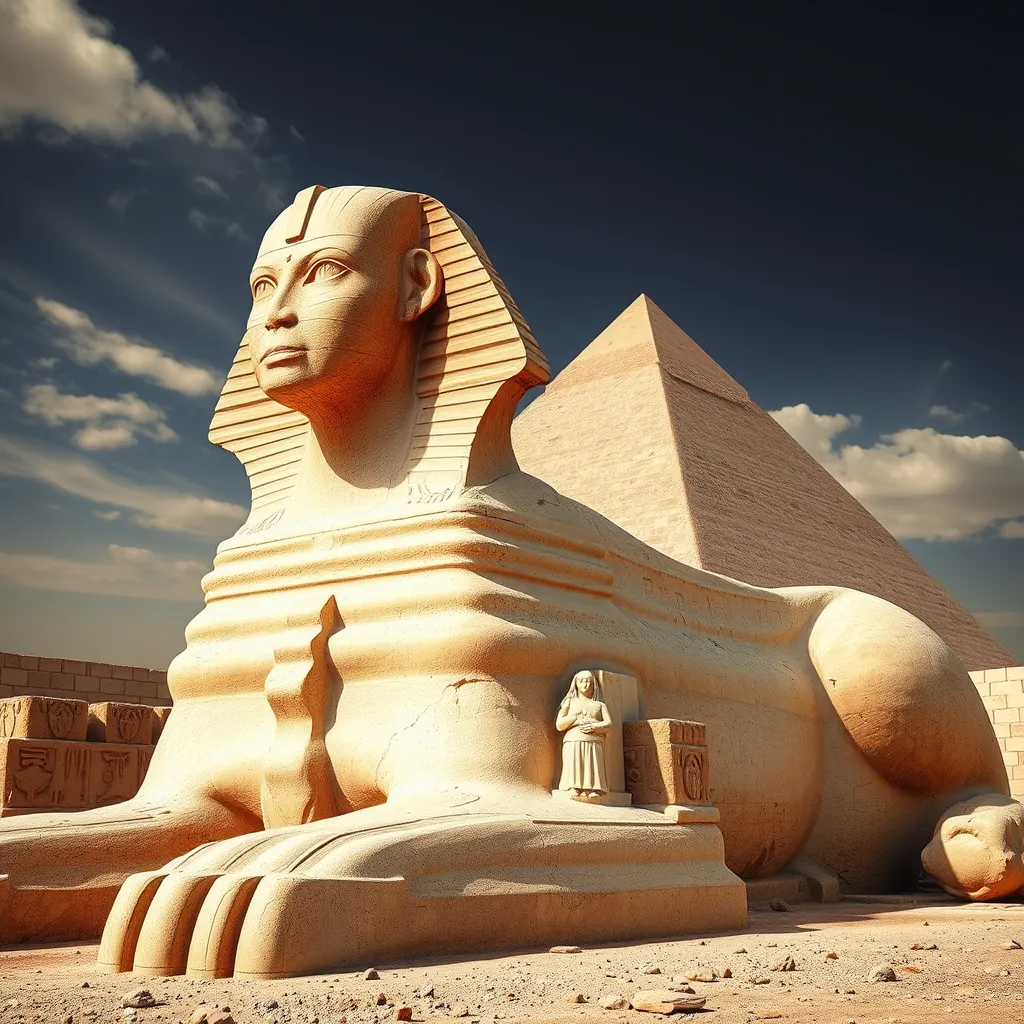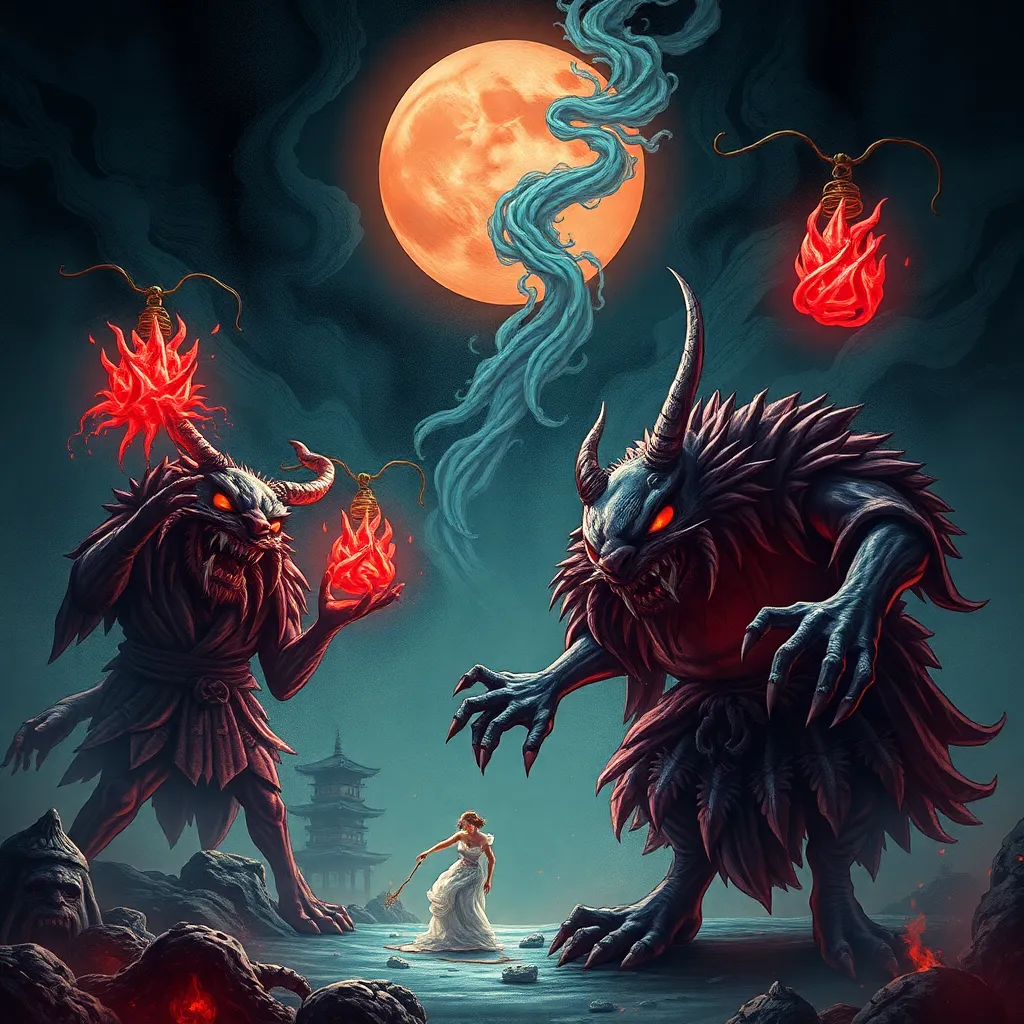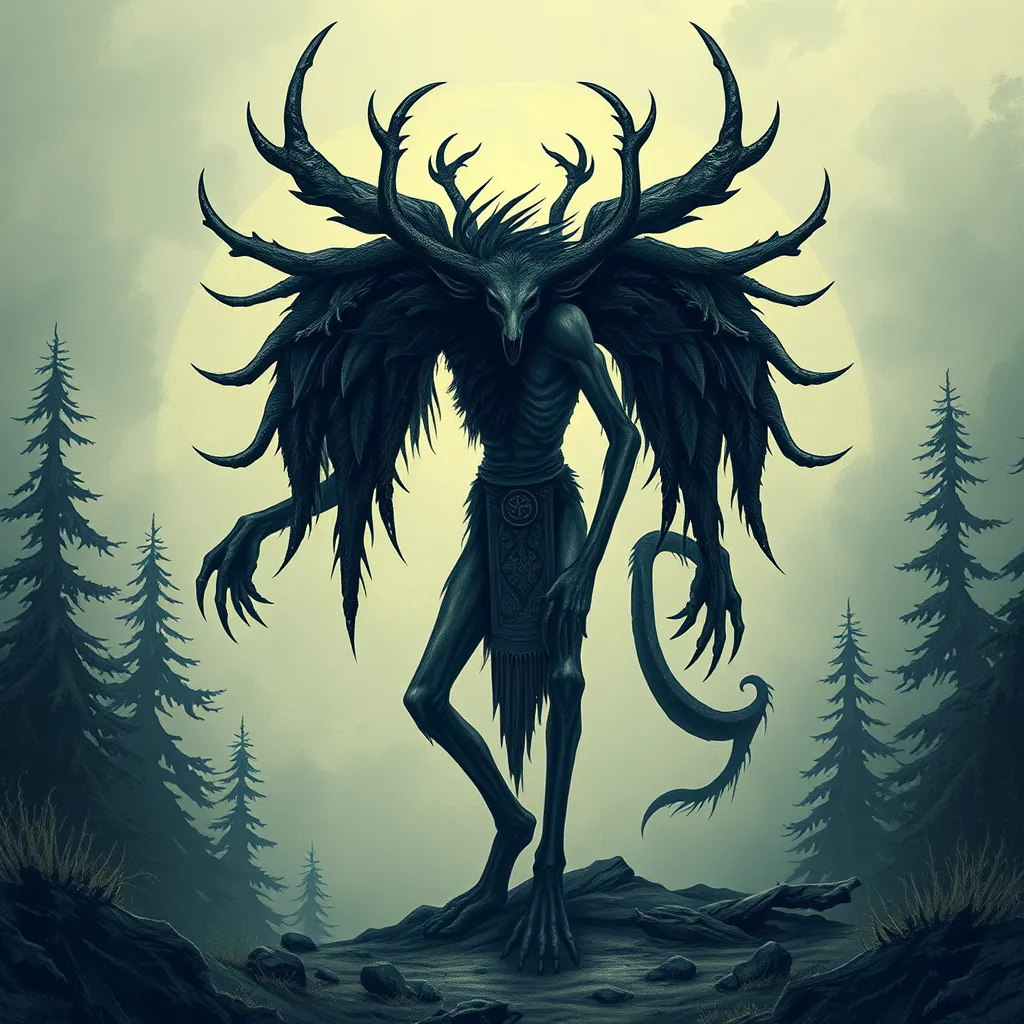The Sphinx and its Symbolism: Exploring the Meaning Behind the Myth
I. Introduction
The Sphinx is one of the most iconic symbols in history, captivating the imagination of people across various cultures and eras. With its enigmatic presence, the Sphinx serves as a bridge between the realms of myth and reality, offering profound lessons on strength, mystery, and the pursuit of knowledge.
Understanding the symbolism of the Sphinx is essential for appreciating its role in human history and culture. This article aims to delve into the multifaceted meanings behind the Sphinx, exploring its historical context, physical characteristics, and its enduring legacy in contemporary society.
II. Historical Context of the Sphinx
A. Origins of the Sphinx in ancient Egypt
The Sphinx originated in ancient Egypt, where it was primarily represented as a creature with the body of a lion and the head of a human. The Great Sphinx of Giza, built around 2500 BCE, is one of the most famous examples, standing guard over the Giza Plateau and symbolizing the pharaoh’s strength and divine protection.
B. The Greek Sphinx and its role in mythology
In Greek mythology, the Sphinx took on a different form, characterized by its role as a female monster that posed riddles to travelers. The most famous tale involves Oedipus, who solved the Sphinx’s riddle, leading to its demise. This version of the Sphinx embodies themes of knowledge and the consequences of ignorance.
C. Evolution of the Sphinx across cultures
The Sphinx has evolved across various cultures, appearing in different forms and carrying diverse meanings. From the Mesopotamian lamassu to the Sphinxes of Asian cultures, each representation highlights the universal themes of guardianship, wisdom, and the duality of human nature.
III. Physical Characteristics of the Sphinx
A. Description of the Sphinx’s form and structure
The Sphinx is typically depicted with the body of a lion, symbolizing strength and courage, while its human head represents intelligence and wisdom. This combination creates a powerful image that conveys the dual nature of humanity—instinctual and rational.
B. Significance of its lion and human features
The lion aspect of the Sphinx signifies power and dominance, often associated with kingship in various cultures. Conversely, the human head reflects the capacity for thought and reasoning. Together, they represent the balance between strength and intellect.
C. Architectural and artistic representations
Architecturally, Sphinxes are often found in pairs, flanking important entrances, such as temples and tombs. Artistically, they appear in various forms, from sculptures to paintings, each capturing the essence of mystery and power.
IV. Symbolism of the Sphinx in Ancient Egypt
A. Representation of strength and protection
In ancient Egypt, the Sphinx was a guardian figure, symbolizing strength and protection. Its presence was believed to ward off evil and safeguard the realms of the living and the dead.
B. Connection to the pharaohs and divine authority
The Sphinx is often linked to the pharaohs, serving as a representation of their divine authority. It was believed that the pharaoh embodied the Sphinx’s qualities, ensuring the stability and prosperity of the kingdom.
C. Role in funerary practices and the afterlife
As a funerary symbol, the Sphinx played a significant role in Egyptian beliefs about the afterlife. It was often placed near tombs to protect the deceased, ensuring their safe passage into the next world.
V. The Sphinx in Greek Mythology
A. The story of Oedipus and the riddle of the Sphinx
The Greek Sphinx is most famously known for its riddle: “What walks on four legs in the morning, two legs at noon, and three legs in the evening?” Oedipus, the tragic hero, answered correctly with “Man,” leading to the Sphinx’s defeat.
B. Interpretation of the Sphinx’s riddle
The riddle symbolizes the stages of human life, highlighting the transitions from infancy to adulthood and old age. It reflects the quest for knowledge and the importance of self-awareness in overcoming challenges.
C. Symbolic meaning of the Sphinx in Greek culture
In Greek culture, the Sphinx represents the duality of knowledge and ignorance. Its role as a riddler underscores the importance of wisdom and the dangers of unexamined life.
VI. Psychological Interpretations of the Sphinx
A. The Sphinx as a representation of the unconscious
Psychologically, the Sphinx can be seen as a symbol of the unconscious mind, embodying the mysteries that lie beneath the surface of consciousness. It prompts individuals to confront their inner fears and desires.
B. Archetypal significance in psychology
In Jungian psychology, the Sphinx serves as an archetype representing the integration of opposing forces—such as instinct and intellect, or consciousness and unconsciousness—necessary for personal growth.
C. The Sphinx and the journey of self-discovery
Engaging with the Sphinx in a metaphorical sense invites individuals on a journey of self-discovery, encouraging exploration of one’s inner self and the hidden aspects of personality.
VII. Modern Interpretations and Cultural References
A. The Sphinx in contemporary art and literature
Today, the Sphinx continues to inspire contemporary artists and writers. Its symbolism is often explored in literature, film, and visual arts, reflecting ongoing themes of mystery and duality.
B. Influence on popular culture and media
- Movies and television series frequently reference the Sphinx as a symbol of enigma and knowledge.
- Video games and fantasy literature often incorporate Sphinx-like creatures as guardians or riddlers.
C. The Sphinx as a symbol of mystery and enigma today
In modern society, the Sphinx remains a potent symbol of mystery, representing the unknown challenges and questions that individuals face in their lives. Its legacy endures as a reminder of the importance of seeking knowledge and understanding.
VIII. Conclusion
The Sphinx is a multifaceted symbol that has transcended time and culture, representing themes of strength, knowledge, and the complexity of the human experience. From its origins in ancient Egypt to its significance in Greek mythology and modern interpretations, the Sphinx continues to captivate our imagination.
Reflecting on the Sphinx’s enduring legacy invites us to appreciate the power of myths in shaping our understanding of life, identity, and the mysteries that lie within and around us. The journey of exploring such symbols enriches our collective human experience, reminding us of the timeless quest for wisdom and understanding.



